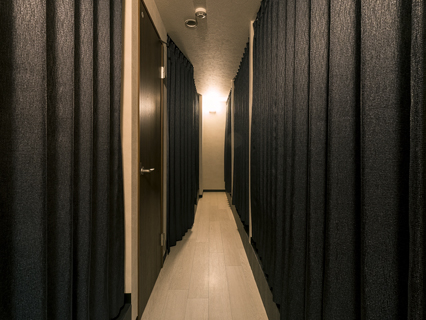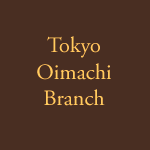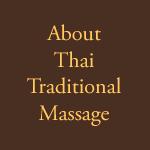|
|
The origins of Thai Traditional Massage date back about 2,500 years, around the same time Buddhism emerged.In northern India, the royal physician to King Bimbisara of the Ayurvedic dynasty, Shiwog Gomarabat (Jivaka Kumar Bhaccha), developed a method of therapy rooted in traditional natural health practices. This included massage and treatments involving herbs, animal elements, and minerals under the umbrella of Ayurveda. A devout follower of the Buddha, he also contributed to the spread of Buddhism. As these therapies blended with the ancient Indian health practice of yoga, they traveled with Buddhism into what is now Thailand—ultimately forming the basis of Thai Traditional Massage. Over time, Thai Traditional Massage became closely intertwined with Buddhism and was passed down primarily within temples. Because of Thailand’s extended trade with China, Thai massage was also influenced by Chinese massage techniques (especially for foot massage), contributing greatly to its evolution. By the 19th century, Thai Traditional Massage became widely known among the general public.In 1836 (B.E. 2376), King Rama III of the Chakri Dynasty undertook extensive renovations of **Wat Pho** (the Temple of the Reclining Buddha). He wanted common people to have access to knowledge and art, so various medical texts and academic writings were inscribed on the temple’s walls and pillars through text and illustrations. This included 60 charts depicting acupressure points for massage, 80 diagrams of massage positions, and instructions for over 1,100 remedies and herbal treatments. Consequently, Thai Traditional Massage gained international fame and is now globally known as “the most relaxing massage in the world.” Thai Traditional Massage employs techniques such as acupressure and stretching to stimulate the body’s energy lines, known as “Sen,” at a slow pace. This helps improve blood and lymph circulation, relieves muscle stiffness and tension, reduces fatigue, and alleviates stress. Over time, regular Thai Traditional Massage sessions can help maintain flexibility, enhance immunity, and provide anti-aging benefits. |
 |
 |
||||
 |
||||
 |
||||






